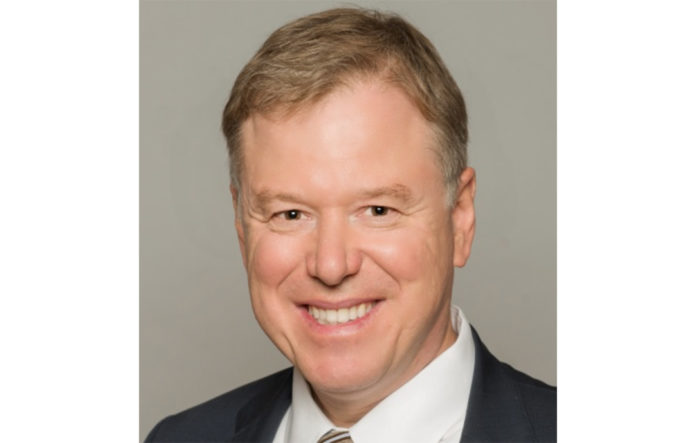By Dr. Andy Smith
Since starting my role as the President and CEO of Sunnybrook Health Sciences Centre a few months ago, people have often asked me: ‘what keeps you up at night?’ Well, the truth is, quite a bit. But specifically, my thoughts are often focused on how can we continue to deliver great care in the face of pressing demand (which will only continue to grow) and how can we achieve our vision to invent the future of health care and therefore improve care for our patients?
I believe the answer to this challenge is found in our ability to innovate, which requires our people and teams to be nimble, and in attracting support – financial and otherwise – to help fuel our engine of discovery. The factors that drive nimbleness and innovation are multiple in number, however, two important elements are collaboration with our research institute and philanthropy.
At Sunnybrook, we have made a concerted effort to blur the line between our researchers and clinical care teams. Having basic scientists and engineers working alongside our physicians, nurses, and professional staff has resulted in some dramatic innovations and world firsts for our organization.
For example, so called ‘scalpel-free surgery’ that uses high intensity focused ultrasound (HIFU) has been pioneered from bench to bedside in precisely this manner. In a relatively short number of years, our interprofessional teams have brought science-fiction to reality and are now using focused ultrasound to treat patients who have essential tremors, and are exploring use of this technology in the treatment of cancer, Alzheimer’s, obsessive compulsive disorder, and several other conditions. It is increasingly possible to imagine a day where cutting into a patient with a scalpel will be the exception rather than the norm.
This innovation materialized as the result of putting great minds together and providing them with government support, and the generosity and vision of our donor community to help accelerate the development from idea to innovation to system implementation.
Our goal through these initiatives is to meet increasing demand for care while creating efficiencies in the use of resources. Essentially, innovation and investment helps stretch our finite healthcare dollars to achieve the greatest societal impact.
Another great example is our Cancer Ablation Therapy program. This involves sophisticated imaging (such as MRI) combined with refined radiation to deliver treatment with unprecedented precision, but also provide a better experience for patients. For example, brachytherapy treatment of gynecological cancer that once required up to eight hours and multiple visits are now accomplished in two hours while the patient is asleep. Not only is this great for the patient but it is also good for the health care system. It reduces the need for stay in hospital and therefore decreases costs. This is the aim in all we do: increasing quality, improving the patient experience and decreasing the cost of care.
Philanthropists in Canada have long provided Sunnybrook and other hospitals with crucial resources necessary to not only provide exceptional care but also fund research and innovation. For that we are truly grateful. How do we take this a step further? Recently at Sunnybrook, I’ve seen some amazing and original approaches to fundraising that are getting people excited about health care innovation. The “Sunnybrook Next Generation Hawk’s Nest” for example is a group of young business professionals who are hearing pitches from medtech start-ups and awarding a prize to the company with the most promising project. Funds raised at the event will be donated to the Sunnybrook Research Institute.
I recognize however, that not all science should be tied to a business plan. In fact, discovery research often does not yield an immediately obvious marketable product but rather, it provides the seed for further work. When we do have a marketable success, our role is to be ready to implement it with a view to improving care across the system and generating economic opportunities to fund further research.
I am also aware of the need to have a critical eye on how we measure the impact of innovation. We are well aware that new is not always better. If a new technology is so expensive that we are unable to adopt it for widespread use, our efforts may be in vain. Our challenge then is to get better at reimagining ways to make it work or try another track all together.
We have seen improvements in the many ways we diagnose and treat illness to keep patients as well as possible and avoid unnecessary hospital visits. But to improve our health care system, we need to improve the way we innovate. Creating an environment where great minds are provided with time and investment to achieve great things is the way forward. My role is to ensure this happens, and it’s a challenge I’m willing to lose sleep over.
Dr. Andy Smith is the President and CEO of Sunnybrook Health Sciences Centre.


